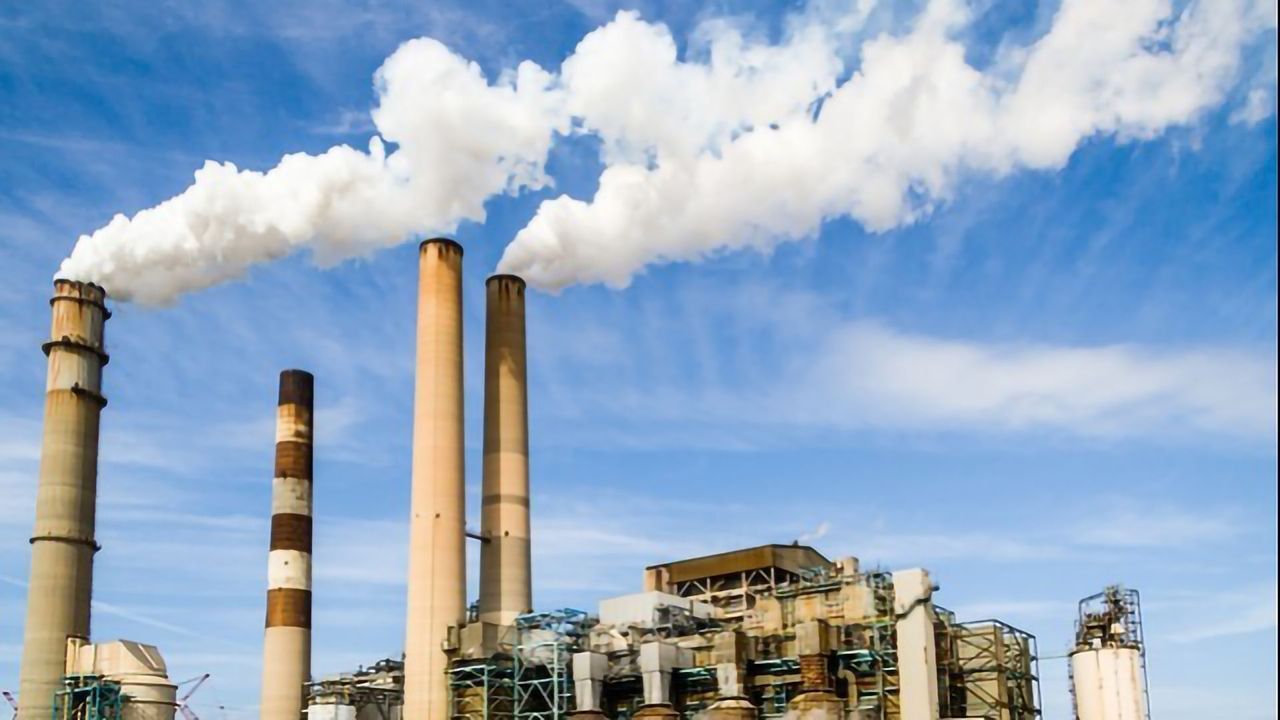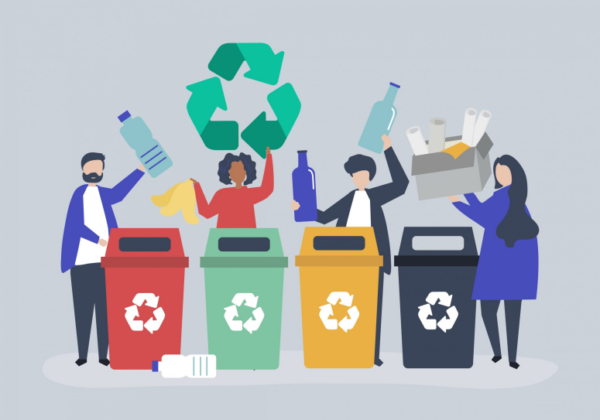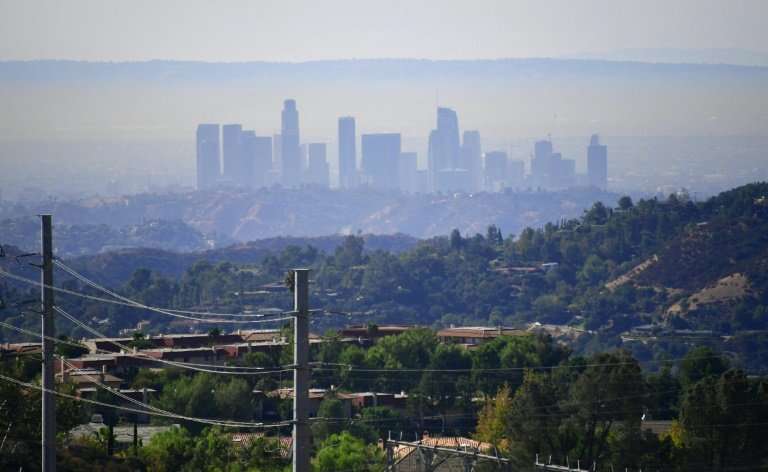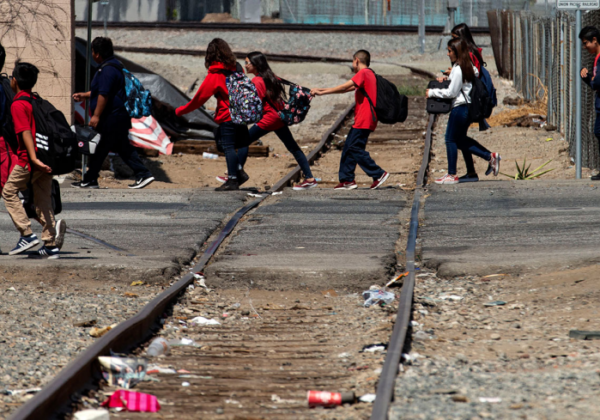The American Lung Association’s “State of the Air 2017” report says that California has the most ozone pollution and is the state with the worst air pollution overall. The cities with the highest levels of ozone in the United States were Los Angeles-Long Beach, Bakersfield, and Fresno-Madera (smog). Salinas, California is the only city in California where the air quality is always good. Even though the air quality is much better in northern California, more than 90% of Californians live in counties with dangerous air.
Children With Asthma Can Play Outside.
The Asthma-Friendly Outdoor (Ambient) Air Quality Flag Program was created to give people in Central California a way to learn about and talk about two things: (1) Make a permanent change to the local policy of school districts and schools to help get rid of outdoor asthma triggers for students, teachers, staff, and nearby communities. Also, teach people about air quality and the possible health effects of being exposed to air pollution. Science-based, simple, visual, and low-cost school-based educational interventions can help reduce people’s exposure to outdoor asthma triggers like ozone, particles, and pollen.
These interventions can work in urban, rural, and agricultural communities with a wide range of socioeconomic and ethnic backgrounds. Local health and environmental justice groups, like asthma coalitions, can lead successful school-based environmental interventions to help improve children’s quality of life.

These programmes are very important for kids who are very sensitive and may have health problems because of air pollution or bad air quality. Children who are more likely to be affected by the bad effects of air pollution need to take part in programmes like the Asthma Friendly Outdoor programme.
The Help From The Government
The EPA’s main goal is still to help California meet national air quality standards and improve the health of local communities. One of the main goals of the EPA is to help reduce diesel pollution from ships, cars, trains, and other diesel engines. In 2005, Congress passed the Diesel Emissions Reduction Act (DERA). This is a grant programme run by the EPA to fix or replace old diesel engines that are most likely to hurt people’s health.
Since it started in 2008, the DERA effort has made a big difference in how clean the air is. The EPA also works with state and local partners to reduce emissions from port operations and improve freight transportation in the region. The EPA and the Port of Los Angeles work together with the Port of Long Beach on the San Pedro Bay Ports Clean Air Action Plan.
This plan is a comprehensive effort to reduce the health risks caused by air pollution from ships, trains, trucks, terminal equipment, and harbor craft. These are the two busiest container ports in the United States. When it comes to environmental justice, the air pollution in low-income areas of Los Angeles has gotten a lot of attention.
In 2011, Pacoima, Boyle Heights, and Wilmington were named “Clean up, Green up” communities as part of the “Clean up, Green up” campaign. This campaign wants to help green businesses by giving them things like help getting permits and tax and utility refunds. Even though pollution levels in Los Angeles have gone down in the last few decades, people still have to deal with a lot of it.
Also, in an effort to get away from agriculture burning, which involves setting fire to crop fields to get rid of plants, diseases, weeds, and other things that pollute the air, the California State Legislature passed a law that says this practice must be completely stopped between 2005 and 2010.
On the other hand, the California Air Resources Board (CARB) and the San Joaquin Valley Air Control District have been delaying the ban on burning for certain crops and materials. They just announced in June 2021 that agricultural burning in the San Joaquin Valley will be almost non-existent by January 2025. The California Legislature has also given $180 million to the California Air Resources Board and the San Joaquin Valley Air Control District to help them find alternatives to burning crops. This is to help the state move away from burning crops.



